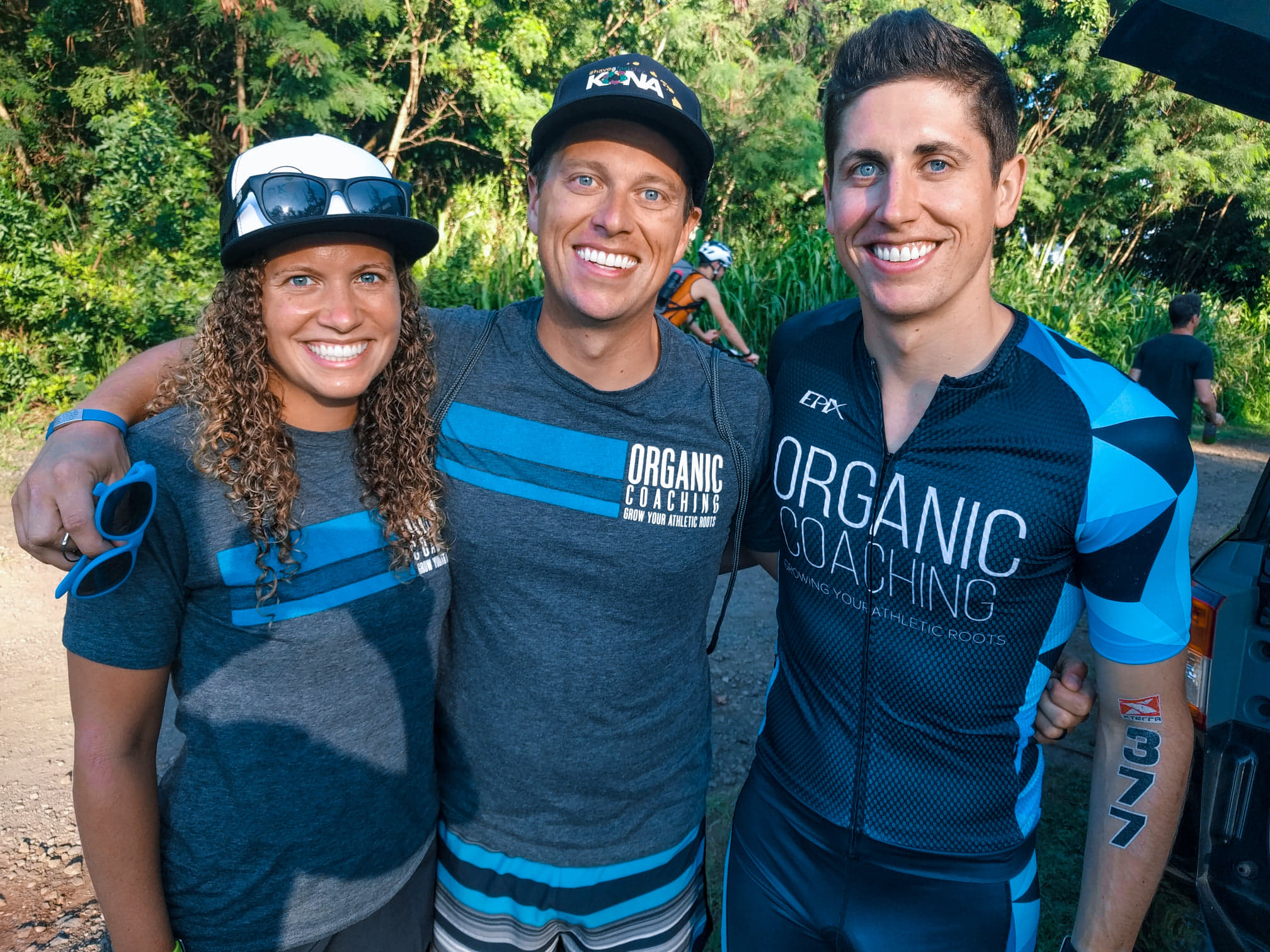
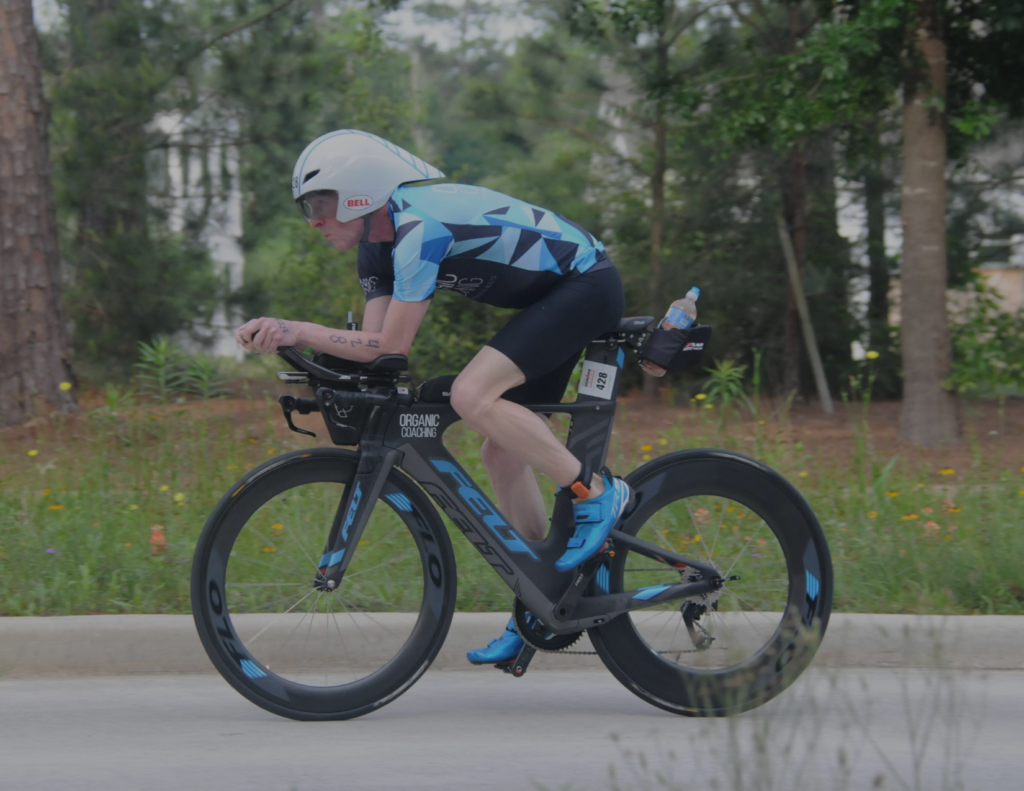
Are you planning your next race season?
As many of us are in the post-season or about to be, this is the perfect time to start considering what you would like to accomplish athletically in the upcoming year. As with many things, planning is the key to achieving your goals for the next race season. Here are a few things to start thinking about.
What are your goals for the next race season? Start with your goals for the season. What would you consider success? Your goals might be to:
Please write down your goals on paper and look at them. Are they realistic and in line with your other commitments like career, family, and social events? If not, consider revising your goals so that they are still challenging but also achievable. We want to set you up for success. Post your goals where they are visible every day, such as on your bathroom mirror or your desk, for a constant reminder of why you’re training.
Choose Your Races Strategically. With so many races these days, which ones should you sign up for? The answer is the races that will best help you meet your goals.
Here are 5 considerations when choosing a race:
1. Time of year: Will you need to do the majority of your training in the winter or the summer? For example, if you sign up for a May marathon, you’ll be doing long runs in March and April, which may not be bad if you live in Florida but may be a challenge if you live in Michigan.
2. Race size: Do you want to race on a crowded course or more by yourself?
3. Course: Does the course fit your strengths? For example, if you live in a flat area and are not a strong climber, then a flat course may be preferable to a very hilly course.
4. Weather and Altitude: What is the weather typically like where you will train versus where you will race? What about the altitude?
5. Budget: How much does the race cost? How far are you willing or able to travel? The more time zones you travel, the more time you should allow for adjustment.
Create a picture of your season. Lay out all the races you have picked out that will help meet your goal. In addition to races, include key events like vacations, work travel, and social events like weddings. Add shorter races leading up to your A race. Shorter races are an opportunity to practice execution, pacing, and nutrition, as well as evaluate your fitness at that point in time. A good rule of thumb is to do no more than one race per month. Otherwise, you’re spending time too much time racing instead of training.
Choose races that complement each other. It’s useful to divide them into one of three categories:
‘A’ races, ‘B’ races, and ‘C’ races.
Divide your races into A, B, and C groups, according to their priority.
When picking races, here are guidelines for the spacing intervals between events:
Have fun and remember why you are racing. Racing should be enjoyable. Painful sometimes, yes, but rewarding and fun nonetheless. Don’t get bogged down by overplanning or stretching your goals and yourself too thin. Just go out there, enjoy how strong and capable you are, and smile when you cross that finish line!
Lastly, don’t forget to reach out to your coach while planning your next race season. Having another person to make sure goals are attainable, bounce ideas off, and the second set of eyes to make sure no details were overlooked.
Happy Racing!
READ MORE: WHAT DO I DO AFTER MY “A” RACE OF THE YEAR?
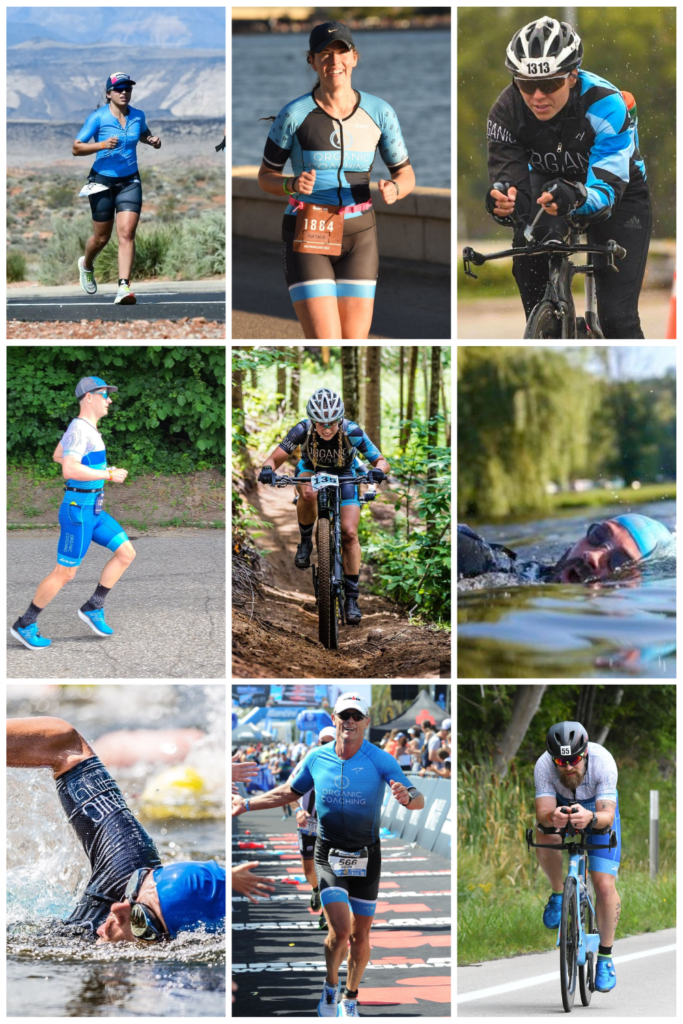
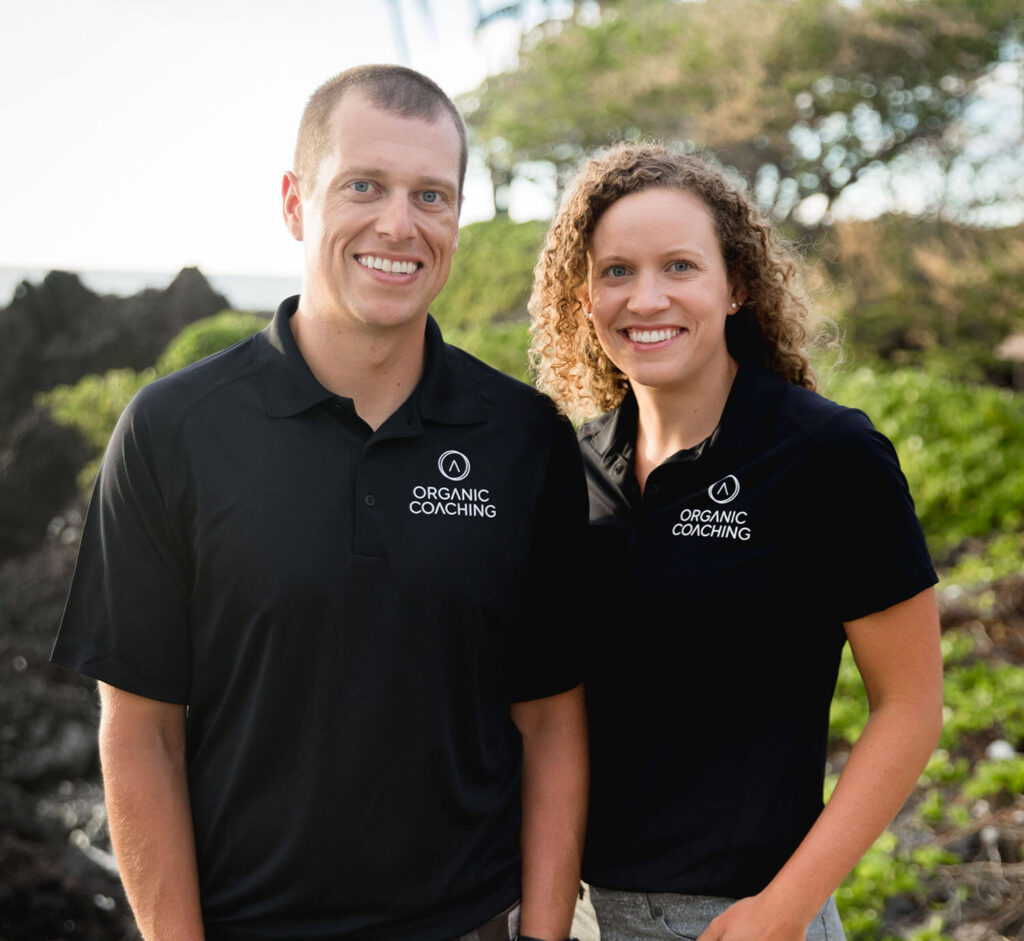
Carly and Tyler Guggemos built Organic Coaching in 2014 with a simple philosophy that works. The idea is to take what you have and grow it to get faster, fitter and stronger. And to do it with the time you have – not the time you wish you had.
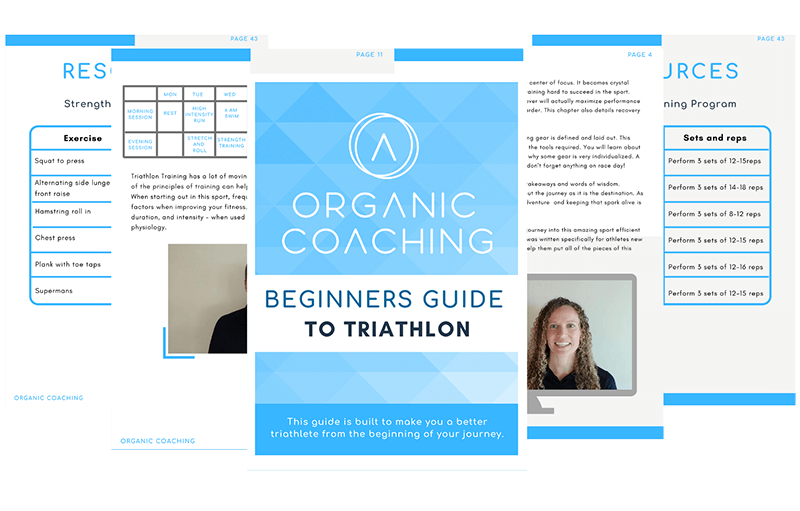
For athletes who are ready to take their training to the next level while still thriving and succeeding in their professional and family life.
Copyright © 2024 Organic Coaching LLC